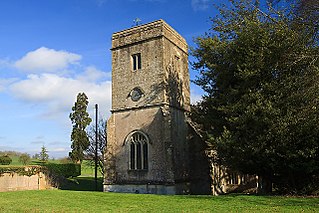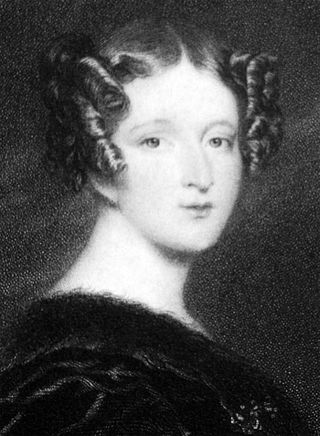
Kington Langley is a village and civil parish about 2 miles (3.2 km) north of Chippenham in Wiltshire, England. The parish includes the hamlet of Bowldown.

North Bradley is a village and civil parish in Wiltshire, England, between Trowbridge and Westbury. The village is about 1.75 miles (2.8 km) south of Trowbridge town centre. The parish includes most of the village of Yarnbrook, and the hamlets of Brokerswood, Cutteridge and Drynham.

Sutton Benger is a village and civil parish in the county of Wiltshire, England, 5 miles (8.0 km) northeast of the town of Chippenham. The parish includes the hamlet of Draycot Cerne.

William Richard Arthur Pole-Tylney-Long-Wellesley, 5th Earl of Mornington was a British nobleman.

Sir James Long, 2nd Baronet was an English politician and Royalist soldier.
Sir Robert Long was an English knight and landowner.
Sir Walter Long was an English knight and landowner, born in Wiltshire, the son of Sir Robert Long and his wife Barbara Carne.

There have been two baronetcies created for persons with the surname Long, both in the Baronetage of England. Both are extinct.
Sir James Long, 5th Baronet was an English landowner and Tory politician who sat in the English and British House of Commons between 1695 and 1729.

Sir Robert Long, 6th Baronet, was an English politician.

Sir James Tylney-Long, 7th Baronet was an English politician who sat in the House of Commons for 32 years from 1762 to 1794.
Sir Thomas Long of Draycot was an English landowner and knight. He is known to have served as one of the Members of Parliament for the borough of Westbury in 1491 and was twice High Sheriff of Wiltshire.
Sir Walter Long was an English landowner and Member of Parliament.
Robert Long of South Wraxall and Draycot Cerne in Wiltshire, was an English lawyer and landowner. He served as a Member of Parliament, mostly as an occasional knight of the shire for Wiltshire, and was the founder of the prominent Long family of South Wraxall and Draycott.

Seagry is a civil parish in Wiltshire, England, about 4.5 miles (7.2 km) southeast of Malmesbury and 5.5 miles (8.9 km) northeast of Chippenham. Its main settlements are the village of Upper Seagry, which was first mentioned in official records under the name Over Seagry, and the hamlet of Lower Seagry, which was first documented (1218) as Nether Seagry.

St James's Church in Draycot Cerne, Sutton Benger, Wiltshire, England was built between 1260 and 1280. It is recorded in the National Heritage List for England as a Grade II* listed building, and is now a redundant church in the care of the Churches Conservation Trust. It was declared redundant on 1 June 1994, and was vested in the Trust on 17 May 1995.

Longe is a surname of Anglo-Norman origin. The name Longe derives from the Anglo-Norman French ‘Lung’ or ‘Lang’ for tall or high. The family descend from the noble family of de Préaux who were barons in Préaux, Roumois and Darnétal, Normandy. Variants of the name include: le Long, de Long, Le Lung, Longe, Long and Longue. The family are believed to have arrived in England following the Norman Conquest and during the early 13th century divided into two branches, the Wiltshire branch and the Norfolk branch. In the Hundred Rolls of 1273, early variations have been found including, Henry le Longe in Buckinghamshire, John le Longe in Huntingdonshire; and Walter le Longe in Shropshire.

Catherine Tylney-Long was a 19th-century British heiress, known as "The Wiltshire Heiress."

Baron Henri Joseph François de Triqueti, also spelt Henry de Triqueti, was a French sculptor and artist.













